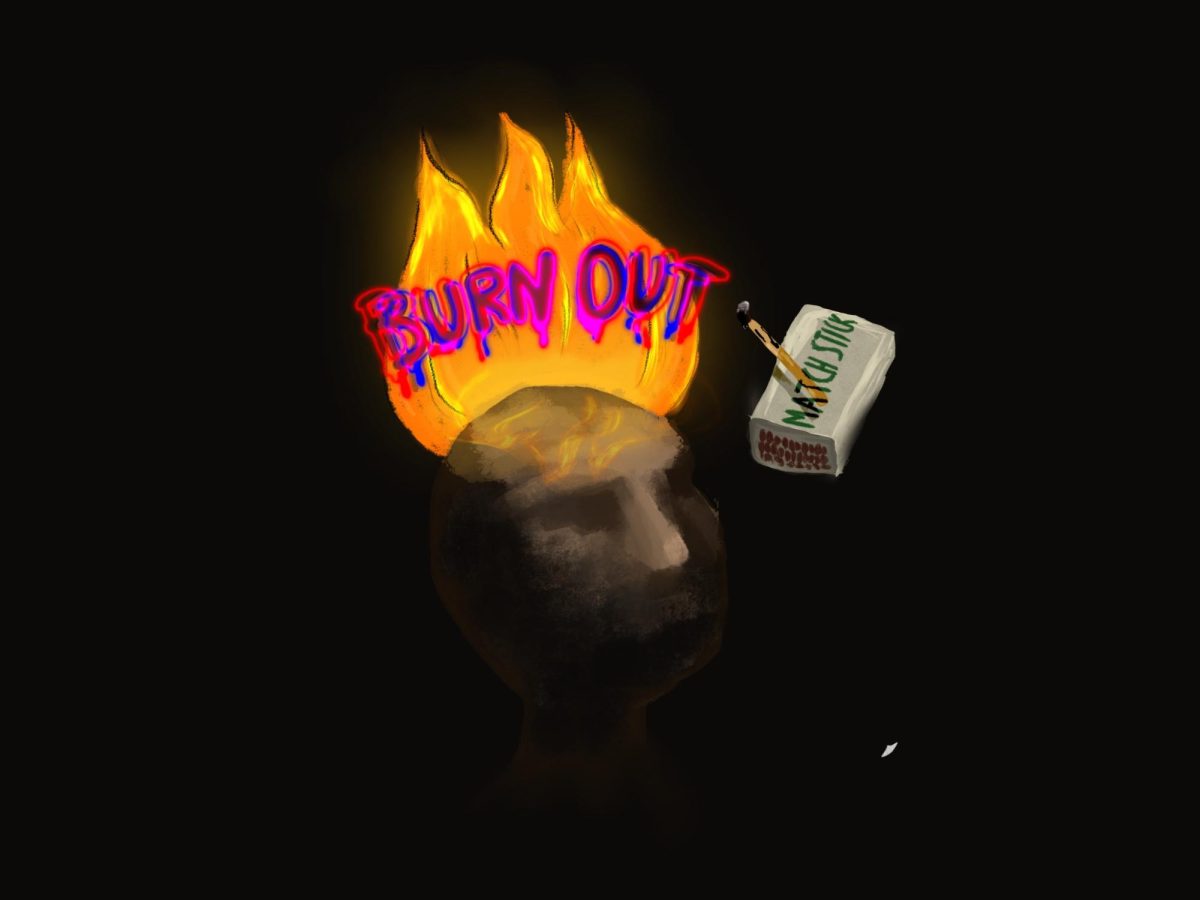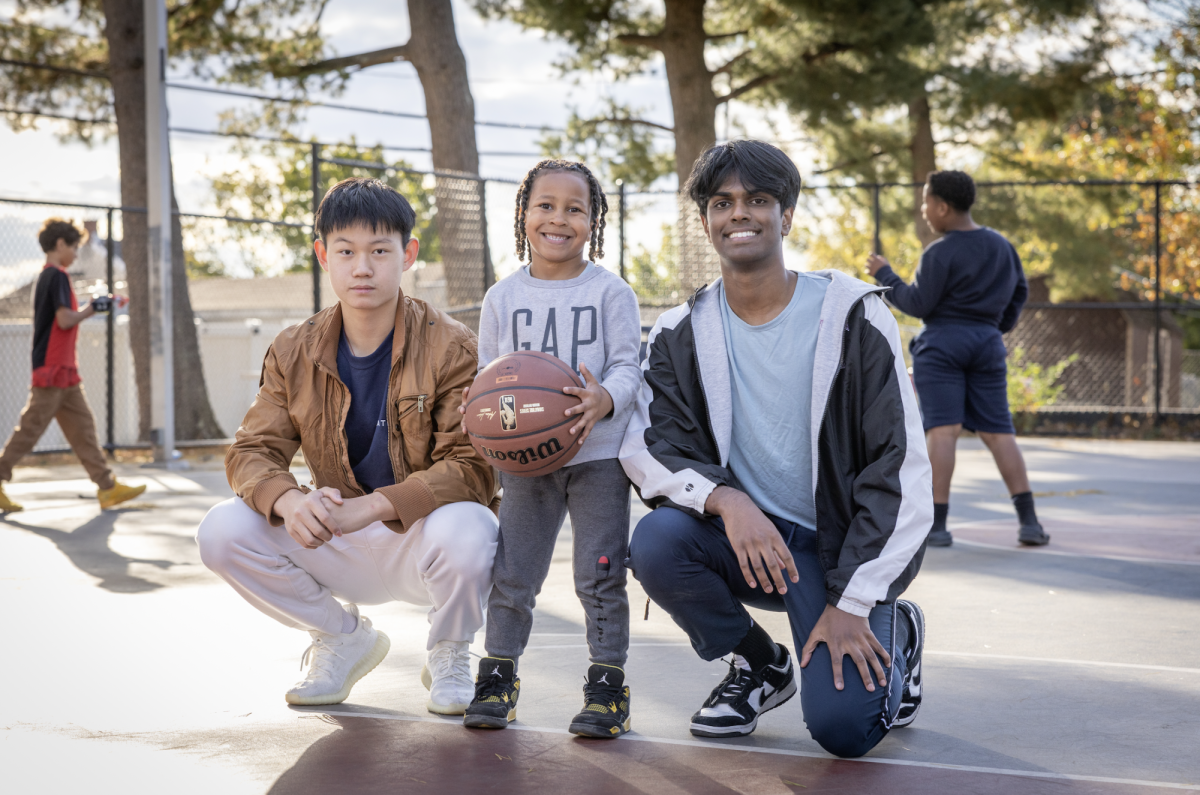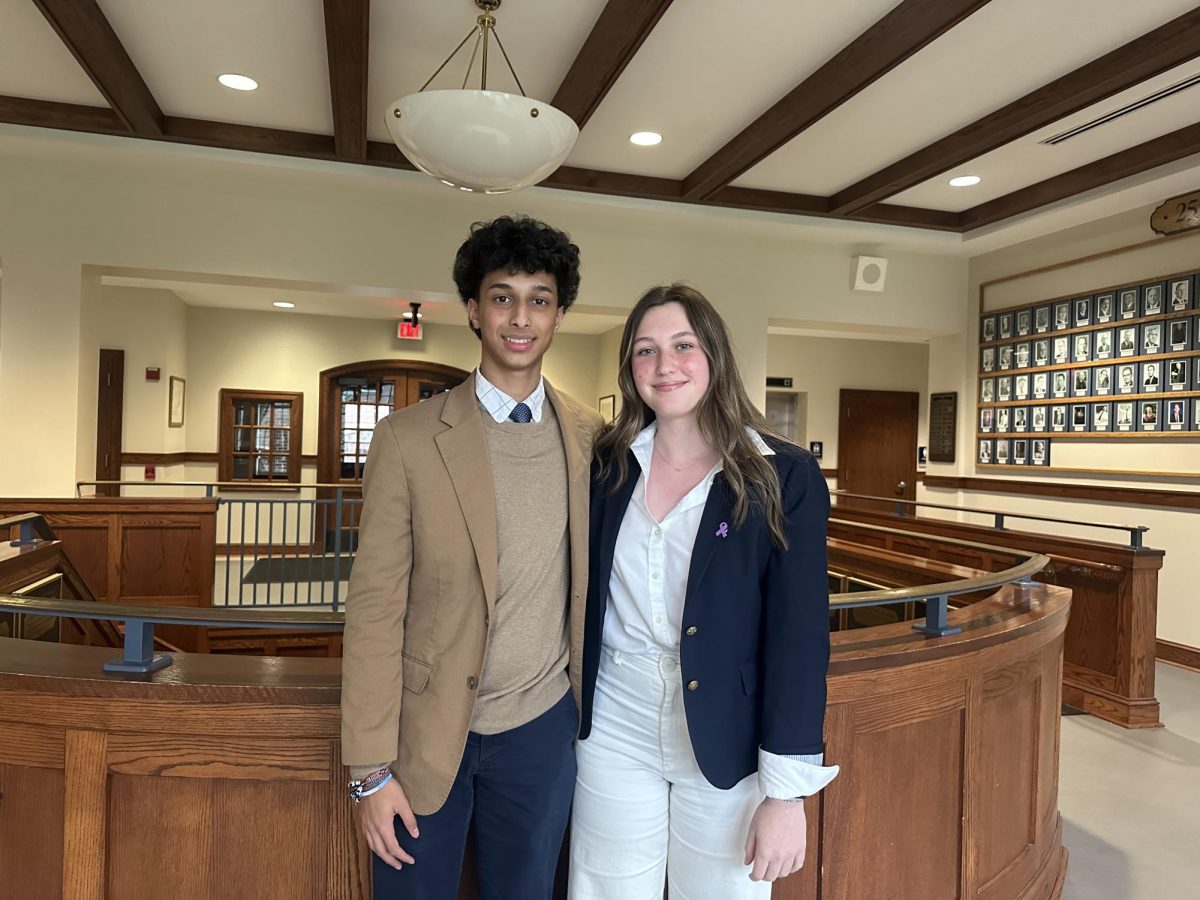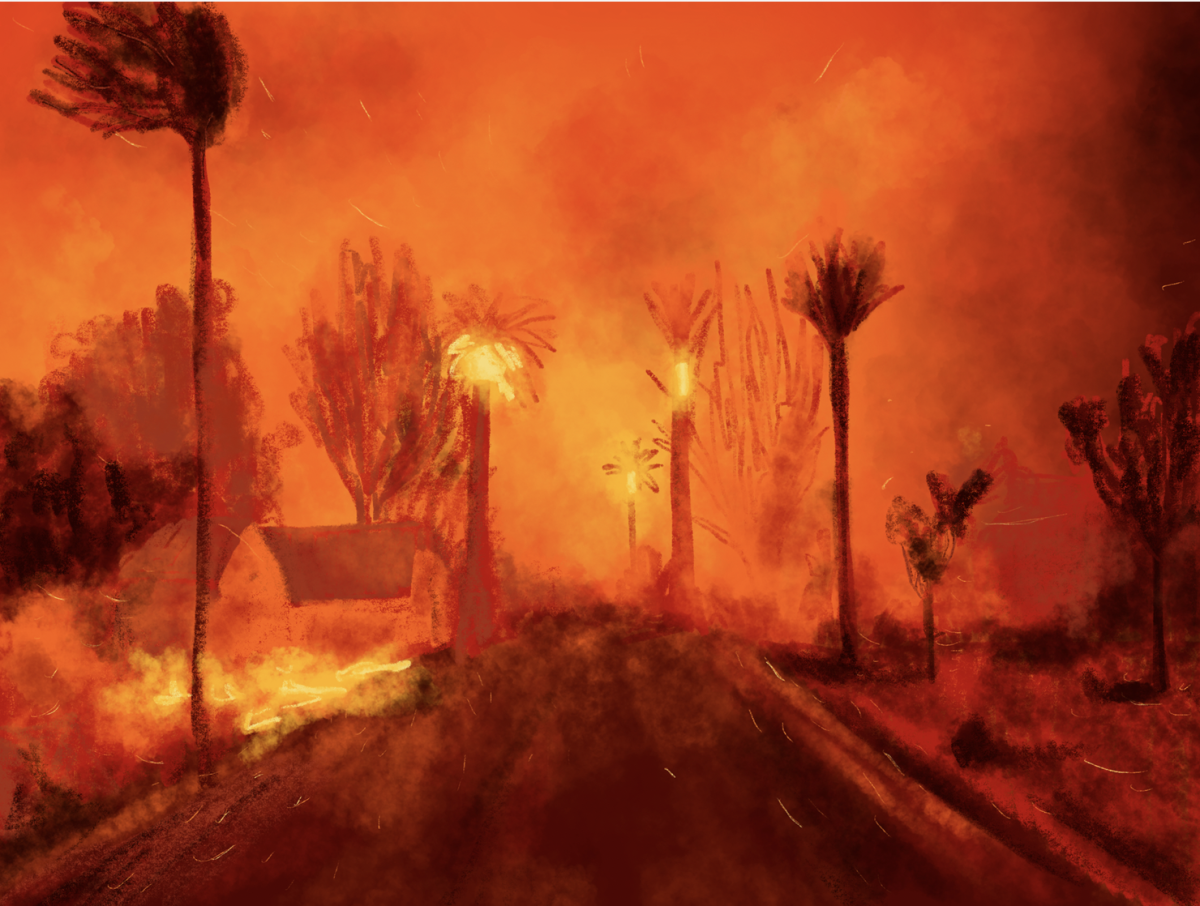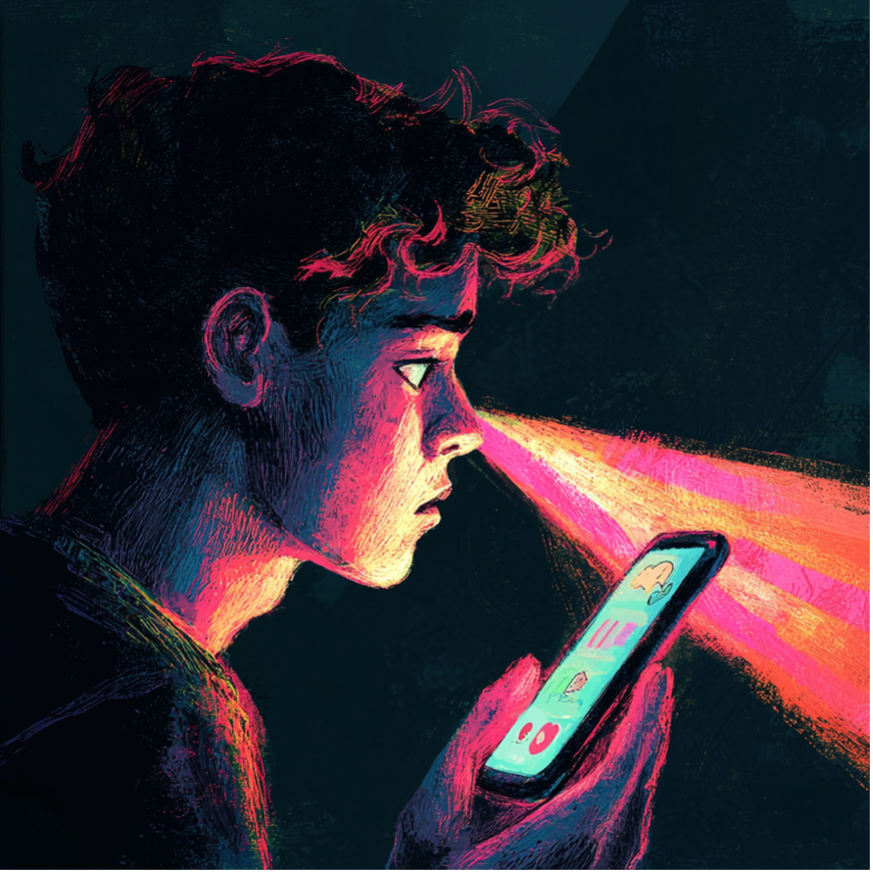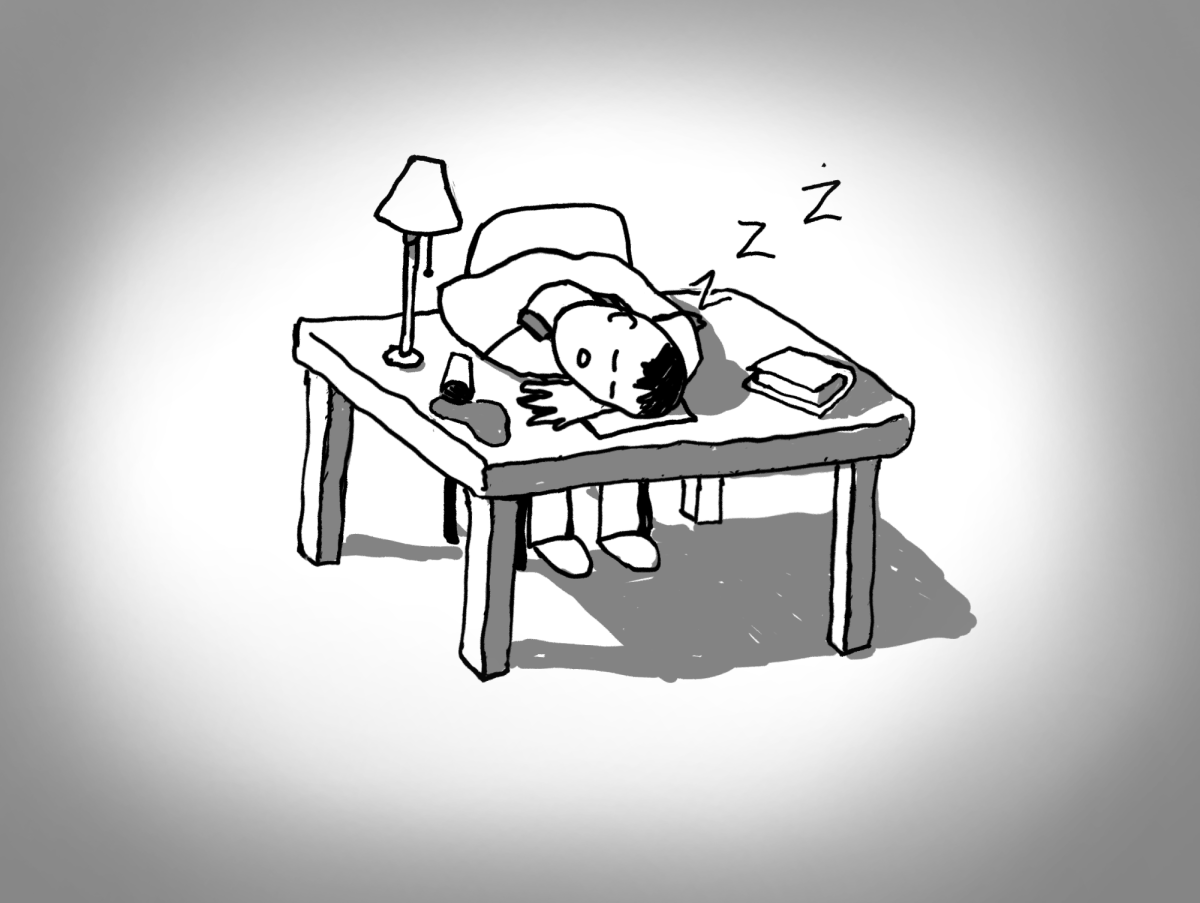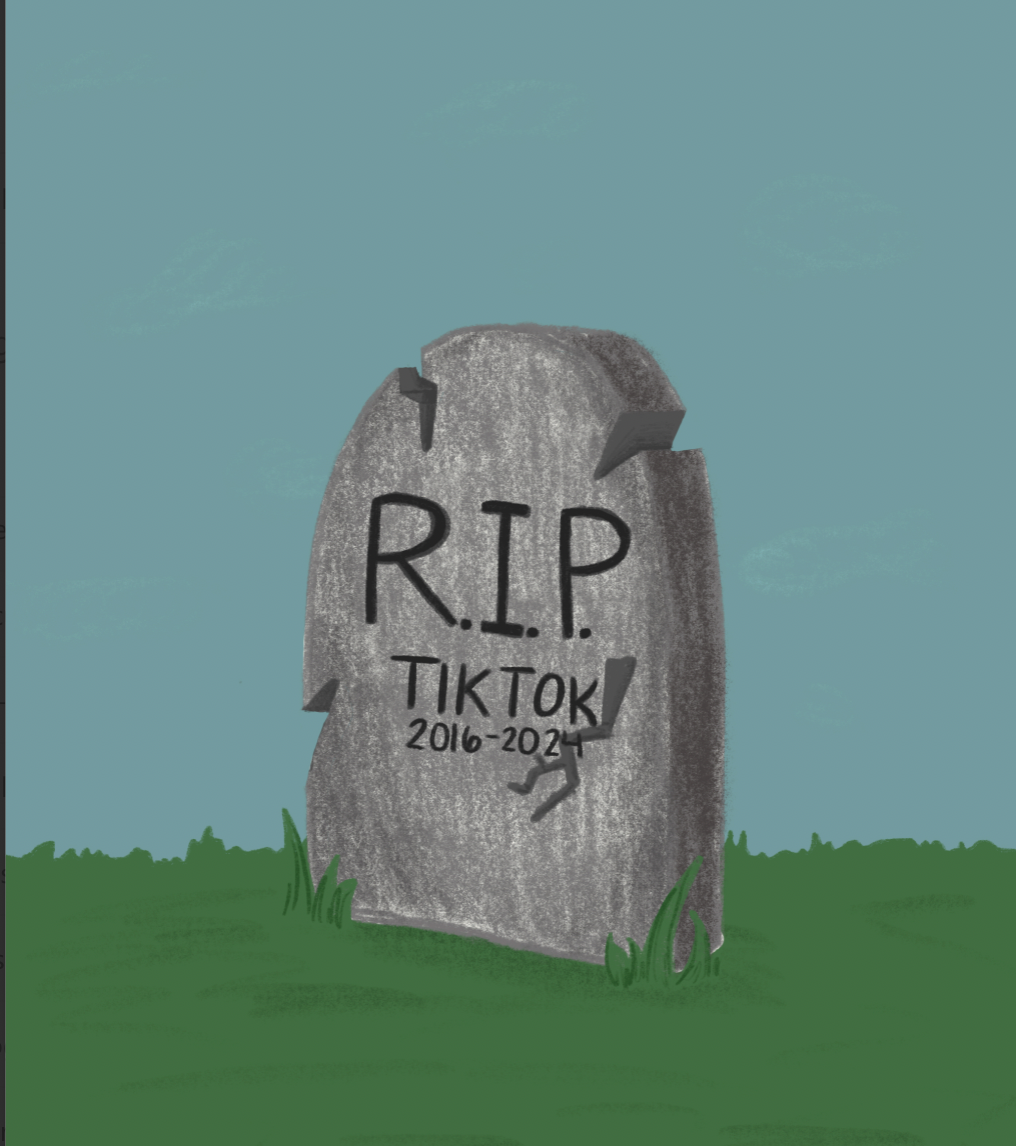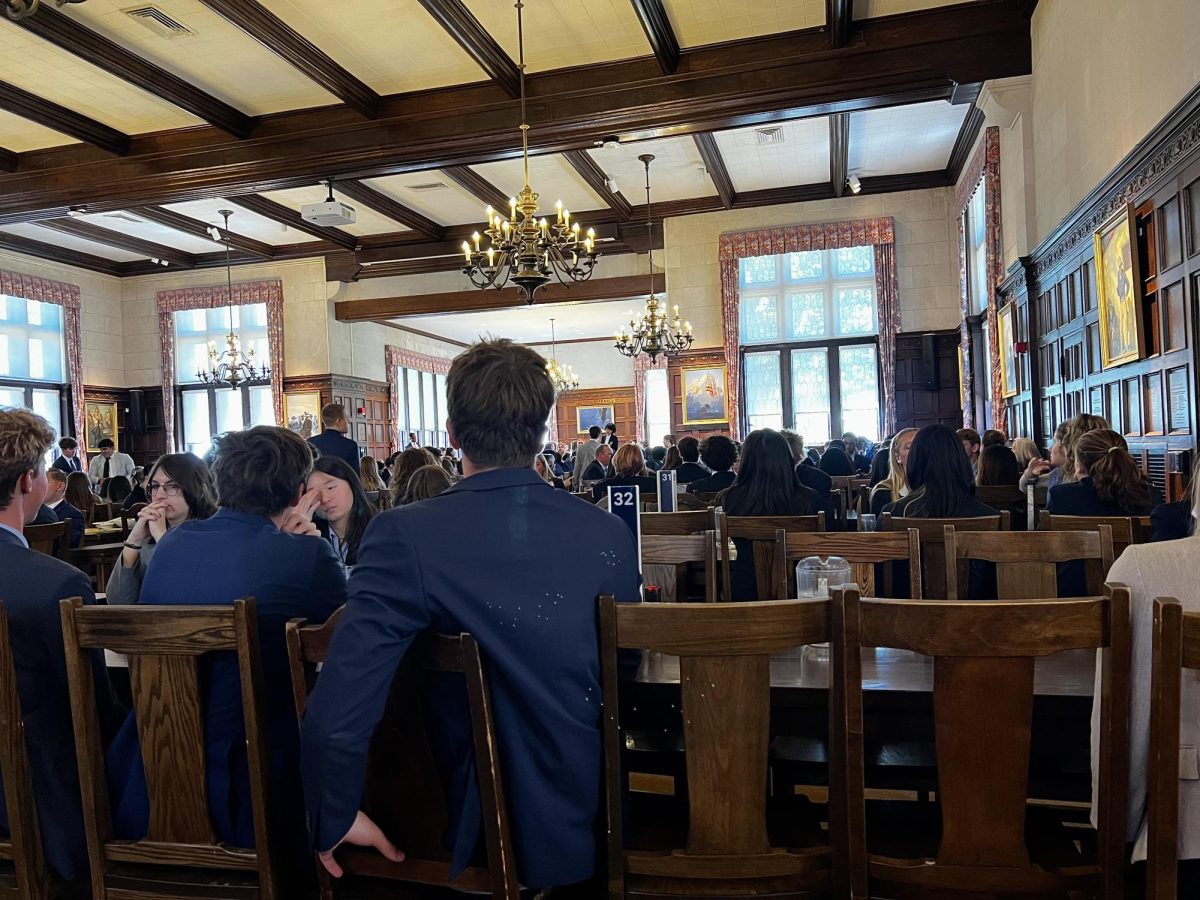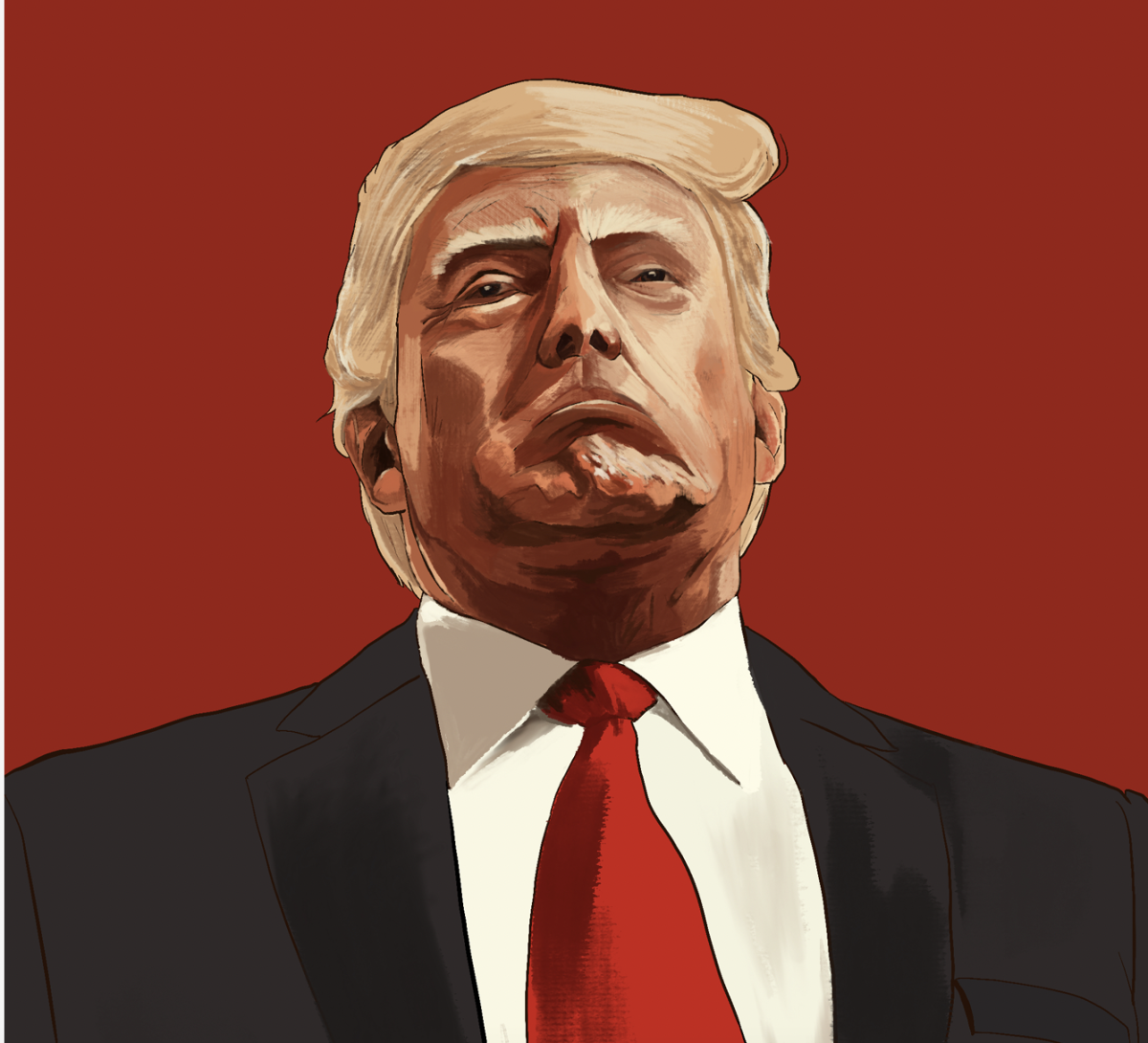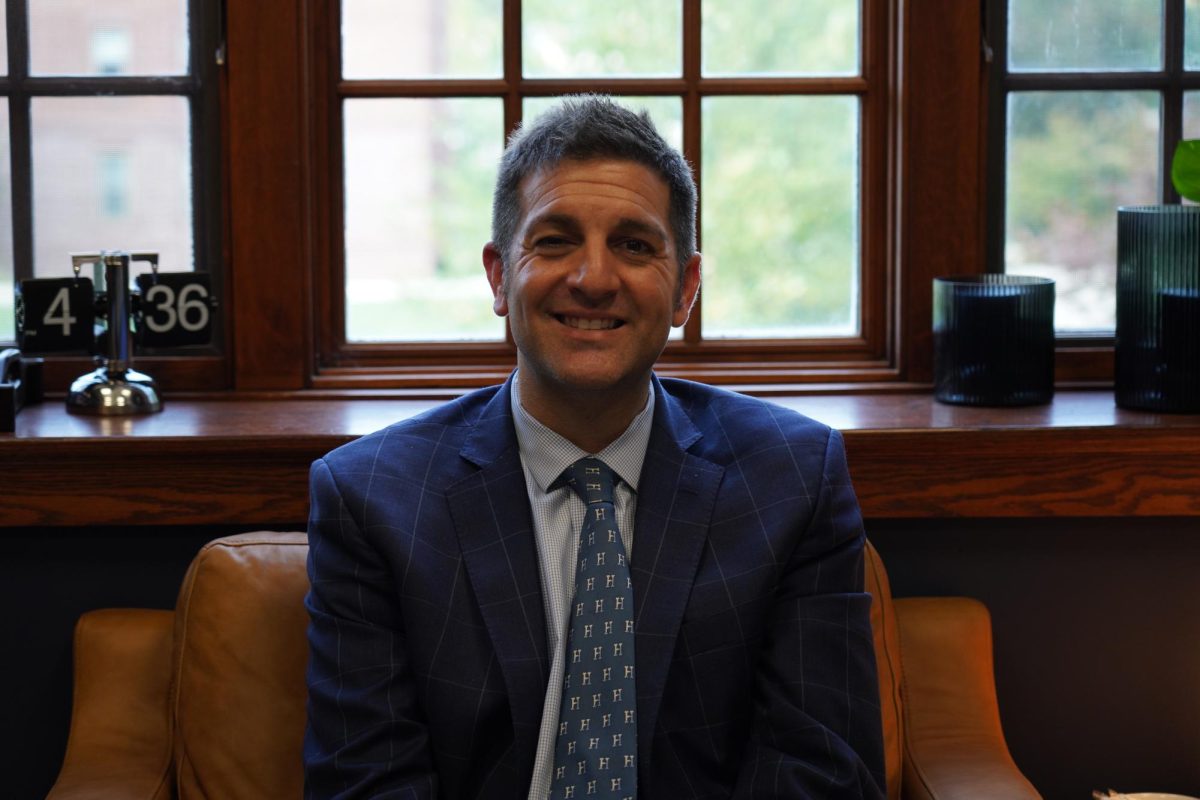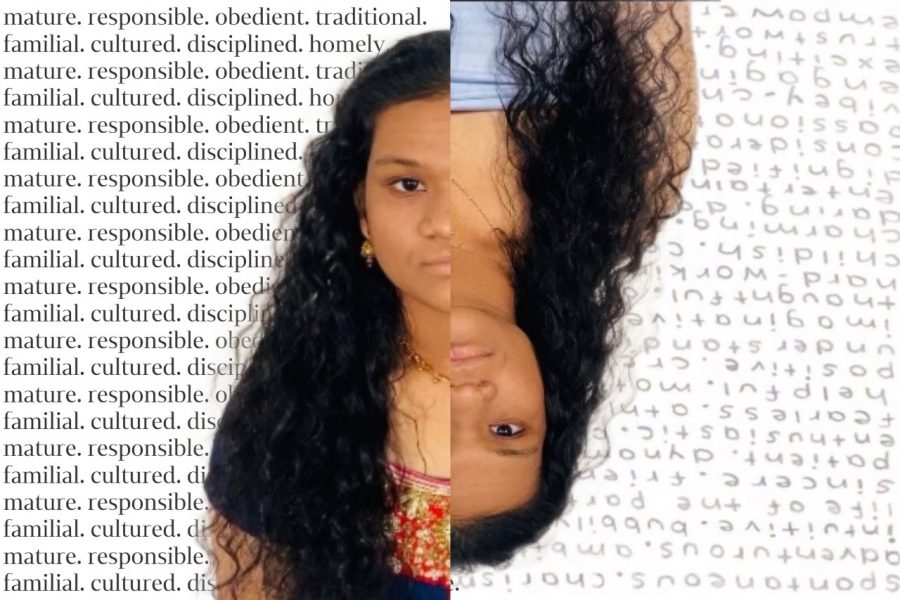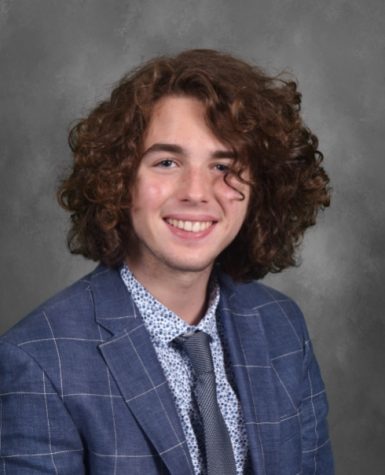Student artists take a stand over H-Term
During H-term, I took something of a chance. I signed up for a class called Art Activism. I have rarely forayed into visual art, and, when I have, it has not been successful. Putting pen to paper or brush to canvas is not a strength of mine, and the results of trying have been anywhere from disastrous to mediocre. But I put aside the trepidation created by my previous experiences and signed up for the class, hoping for a better experience, but not anticipating one. My expectation was another art class for me to disappoint myself in. What I got was much more valuable, much more interesting, uplifting, and insightful: what the class turned out to be was a perspective-shifting six weeks, where we explored the relationship between art and social change.
Let’s play a clichéd move and begin with a definition. According to the Tate Gallery (a family of four art museums / exhibition spaces in England), protest or activist art is defined as “a term used to describe art that is grounded in the act of ‘doing’ and addresses political or social issues.” That’s a decent definition, but I would broaden it even further. Protest art is all about expressing your feelings and prompting a dialogue. It does not have to achieve something practical because, let’s face it: if your goal is to make something happen through practical means, the art business isn’t where you should be. To me, the act of creating protest art is about the intention behind the art and the feelings and the passion that went into creating it. It can be a call to action, a cry for help, or an impassioned plea for compassion and humanity.
Senior Master of the Arts Ellen Nelson stated in an email her thoughts on the relationship between art and social change: “For centuries, artists have been using art to shed light on injustice, oppression, violence, and social disparities. For a long time, artists have stood up for the voiceless and marginalized. The magical thing about art is it can challenge traditional boundaries, hierarchies and rules imposed by those in power, (maybe end quote here) because art doesn’t have rules or laws. It is the one thing that is perfectly free. As soon as people put boundaries on it, it moves and shifts to avoid those constraints.”
Lal Yatagan ‘21, a classmate of mine in Art Activism and a much more accomplished artist than I could ever hope to be, had this to say on the idea of art having strict rules and barriers to credibility: “I make artworks that reflect my memories, imagination, and my past … rules are being challenged, and it doesn’t mean the art work … is not an art work.”
In conclusion, both art and activism are personal and unique things for every individual — harsh restrictions or definitions are counterintuitive. So I say that, as long as you carry a spirit and passion for the work you’re creating and the issue it supports, you’re doing protest art right. Art can inspire change in the world and taking part of that in any way, no matter how small, is admirable.

